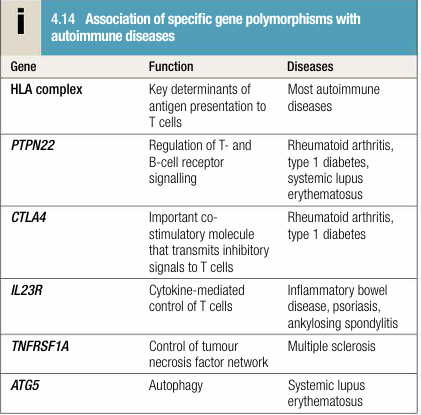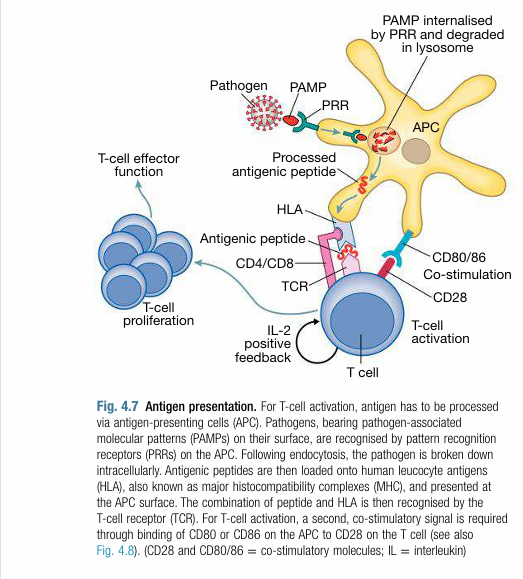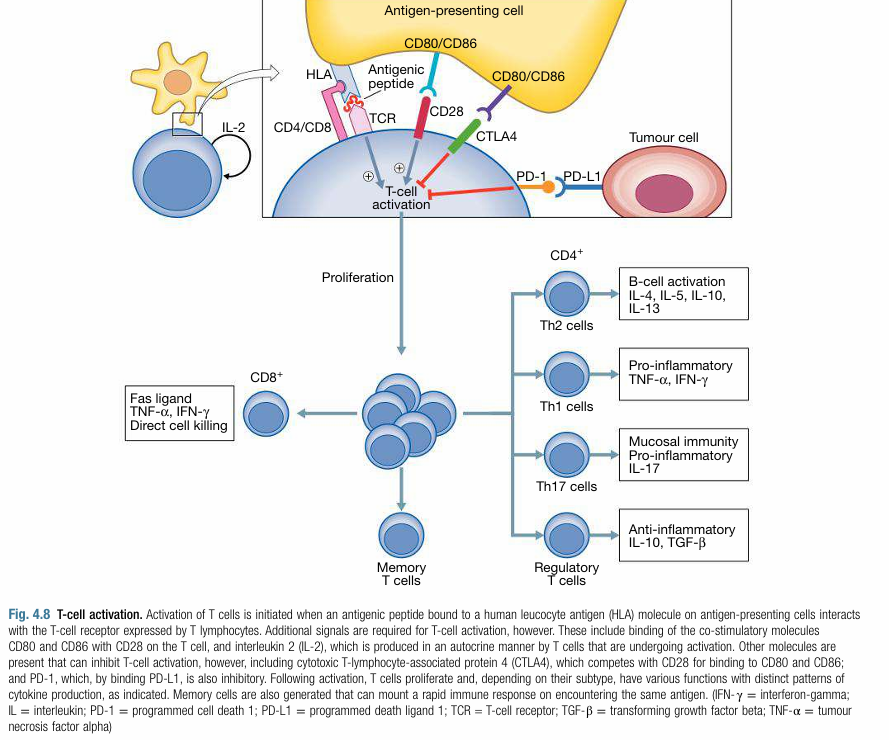

النبات

مواضيع عامة في علم النبات

الجذور - السيقان - الأوراق

النباتات الوعائية واللاوعائية

البذور (مغطاة البذور - عاريات البذور)

الطحالب

النباتات الطبية


الحيوان

مواضيع عامة في علم الحيوان

علم التشريح

التنوع الإحيائي

البايلوجيا الخلوية


الأحياء المجهرية

البكتيريا

الفطريات

الطفيليات

الفايروسات


علم الأمراض

الاورام

الامراض الوراثية

الامراض المناعية

الامراض المدارية

اضطرابات الدورة الدموية

مواضيع عامة في علم الامراض

الحشرات


التقانة الإحيائية

مواضيع عامة في التقانة الإحيائية


التقنية الحيوية المكروبية

التقنية الحيوية والميكروبات

الفعاليات الحيوية

وراثة الاحياء المجهرية

تصنيف الاحياء المجهرية

الاحياء المجهرية في الطبيعة

أيض الاجهاد

التقنية الحيوية والبيئة

التقنية الحيوية والطب

التقنية الحيوية والزراعة

التقنية الحيوية والصناعة

التقنية الحيوية والطاقة

البحار والطحالب الصغيرة

عزل البروتين

هندسة الجينات


التقنية الحياتية النانوية

مفاهيم التقنية الحيوية النانوية

التراكيب النانوية والمجاهر المستخدمة في رؤيتها

تصنيع وتخليق المواد النانوية

تطبيقات التقنية النانوية والحيوية النانوية

الرقائق والمتحسسات الحيوية

المصفوفات المجهرية وحاسوب الدنا

اللقاحات

البيئة والتلوث


علم الأجنة

اعضاء التكاثر وتشكل الاعراس

الاخصاب

التشطر

العصيبة وتشكل الجسيدات

تشكل اللواحق الجنينية

تكون المعيدة وظهور الطبقات الجنينية

مقدمة لعلم الاجنة


الأحياء الجزيئي

مواضيع عامة في الاحياء الجزيئي


علم وظائف الأعضاء


الغدد

مواضيع عامة في الغدد

الغدد الصم و هرموناتها

الجسم تحت السريري

الغدة النخامية

الغدة الكظرية

الغدة التناسلية

الغدة الدرقية والجار الدرقية

الغدة البنكرياسية

الغدة الصنوبرية

مواضيع عامة في علم وظائف الاعضاء

الخلية الحيوانية

الجهاز العصبي

أعضاء الحس

الجهاز العضلي

السوائل الجسمية

الجهاز الدوري والليمف

الجهاز التنفسي

الجهاز الهضمي

الجهاز البولي


المضادات الميكروبية

مواضيع عامة في المضادات الميكروبية

مضادات البكتيريا

مضادات الفطريات

مضادات الطفيليات

مضادات الفايروسات

علم الخلية

الوراثة

الأحياء العامة

المناعة

التحليلات المرضية

الكيمياء الحيوية

مواضيع متنوعة أخرى

الانزيمات
Pathophysiology of Autoimmune disease
المؤلف:
Stuart H. Ralston , Ian D Penman, Mark W J Strachan , Richard Hobson
المصدر:
Davidsons Principles and Practice of Medicine
الجزء والصفحة:
24th E , p78
2025-01-12
845
Autoimmune diseases result from the failure of immune tolerance, the process by which the immune system recognises and accepts self-tissue. Central immune tolerance occurs during lymphocyte development, when T and B lymphocytes that recognise self-antigens are eliminated before they develop into fuly immunocompetent cels. This process is most active in fetal life but continues throughout life as immature lymphocytes are generated. Some autoreactive cels inevitably evade deletion and escape into the circulation, however, and are controlled through peripheral tolerance mechanisms. Peripheral immune tolerance mechanisms include the sup pression of autoreactive cels by regulatory T cels; the generation of functional hyporesponsiveness (anergy) in lymphocytes that encounter antigen in the absence of the co-stimulatory signals that accompany inflammation ; and cel death by apoptosis. Autoimmune diseases develop when self-re active lymphocytes escape from these tolerance mechanisms. Multiple genetic and environmental factors contribute to the development of autoimmune disease. Autoimmune diseases are much more common in women than in men, for reasons that remain unclear. Many are associated with genetic variations in the HLA loci, reflecting the importance of HLA genes in shaping lymphocyte responses. Other important susceptibility genes include those determining cytokine activity, co-stimulation (the expression of second signals required for full T-cel activation; see Figs. 4.7 and 4.8) and cel death. Many of the same gene variants under lie multiple autoimmune disorders, reflecting their common pathogenesis (Box 4.14).

Even though some of these associations are the strongest that have been identified in complex genetic diseases, they have very limited predictive value and are generally not useful in determining management of individual patients. Several environmental factors may be associated with autoimmunity in genetically predisposed individuals, including infection, cigarette smoking and hormone levels. The most widely studied of these is infection, as occurs in acute rheumatic fever following streptococcal infection or reactive arthritis following bacterial infection. Several mechanisms have been invoked to explain the autoimmunity that occurs after an infectious trigger. These include cross-reactivity between proteins expressed by the pathogen and the host (molecular mimicry), such as Guilain–Barré syndrome and Campylobacter infection; release of sequestered antigens from tissues that are damaged during infections that are not usually visible to the immune system; and production of inflammatory cytokines that overwhelm the normal control mechanisms that prevent bystander dam age. Occasionally, autoimmune disease may be an adverse effect of drug treatment. For example, metabolic products of the anaesthetic agent halothane can bind to liver enzymes, resulting in a structurally novel protein that is recognised as a foreign antigen by the immune system. This can provoke the development of autoantibodies and activated T cels, which can cause hepatic necrosis.


 الاكثر قراءة في الامراض المناعية
الاكثر قراءة في الامراض المناعية
 اخر الاخبار
اخر الاخبار
اخبار العتبة العباسية المقدسة

الآخبار الصحية















 قسم الشؤون الفكرية يصدر كتاباً يوثق تاريخ السدانة في العتبة العباسية المقدسة
قسم الشؤون الفكرية يصدر كتاباً يوثق تاريخ السدانة في العتبة العباسية المقدسة "المهمة".. إصدار قصصي يوثّق القصص الفائزة في مسابقة فتوى الدفاع المقدسة للقصة القصيرة
"المهمة".. إصدار قصصي يوثّق القصص الفائزة في مسابقة فتوى الدفاع المقدسة للقصة القصيرة (نوافذ).. إصدار أدبي يوثق القصص الفائزة في مسابقة الإمام العسكري (عليه السلام)
(نوافذ).. إصدار أدبي يوثق القصص الفائزة في مسابقة الإمام العسكري (عليه السلام)


















